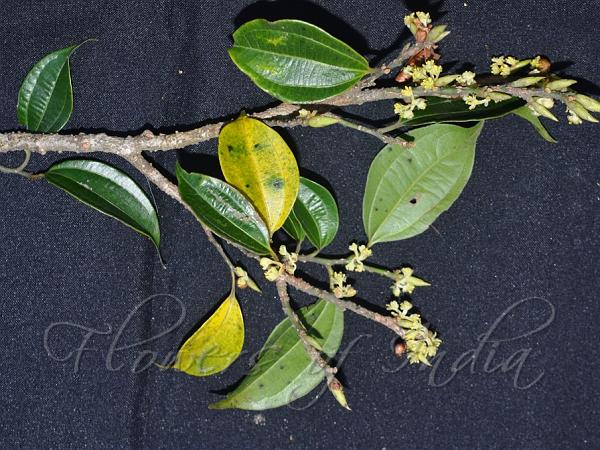|
| Himalayan Spicebush |
|

|

| File size | 296901 |
| Original date | 4/4/23 1:27 PM |
| Resolution | 3264 x 4928 |
| Flash | Flash fired, return detected, red-eye reduction |
| Focal length | 60.0mm |
| Exposure time | 1/250s |
| Aperture | 10.0 |
| Focus Distance | |
| Metering Mode | Center weighted average |
| Camera make | NIKON CORPORATION |
| Camera model | NIKON D7000 |
| Sensor type | OneChipColorArea |
|
|
|
|
Photo: |
Botanical name: Lindera pulcherrima Family: Lauraceae (Laurel family)
Synonyms: Benzoin pulcherrimum, Daphnidium pulcherrimum
Synonyms: Benzoin pulcherrimum, Daphnidium pulcherrimum
Himalayan Spicebush is an evergreen shrub or small
tree up to 5 m. Leaves are elliptic to lanceshaped, 6-12 x 2.5-6 cm,
finely tapering to long-with a tail, base rounded or wedge-shaped,
whitish silky beneath when young becoming nearly hairless and glaucous
beneath, strongly 3-veined from base to tip, minor veins transerverse,
not very prominent; leaf-stalks 8-12 mm. Flowers are 5-6,
greenish-yellow, with hairy stalks, borne in globular clusters in
leaf-axils, about 1-1.5 cm across. Flower clusters are encircled by 4-6
large pale overlapping silky-hairy bracts which fall when the flowers
open; perianth about 5 mm across, silky-haired. Tepals are about 3 mm,
falling off. Fruit is ellipsoid, about 10 x 7 mm, borne above entire
perianth rim about 2 mm across. Himalayan Spicebush is found at
altitudes of 1400-2700 m in the Himalayas, from Kumaun to NE India,
Burma, Thailand, China. Flowering: March-April.
Medicinal uses: The leaves and bark of Himalayan Spicebush are used for the treatment of colds,
fever and cough.
The leaves and bark of Himalayan Spicebush are used for the treatment of colds,
fever and cough.
Medicinal uses:
 The leaves and bark of Himalayan Spicebush are used for the treatment of colds,
fever and cough.
The leaves and bark of Himalayan Spicebush are used for the treatment of colds,
fever and cough.
| Identification credit: J.M. Garg | Photographed in Hmuifang, Mizoram. |
• Is this flower misidentified? If yes,